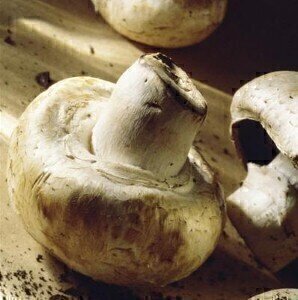News & Views
Foraging in the laboratory
May 18 2012
Mushroom farming in India is to get a scientific boost, with a new laboratory being set up by the government to produce quality spawn at a good price.
For most mushroom lovers, foraging is associated with the leafy forests of France and the green fields of England, but in India, these environments are a little more difficult to come across. That is why the government has set up a government laboratory that will be open to mushroom farmers in Malabar.
The new lab will be run by the State Horticulture Mission, and will be opened at the urban wholesale agricultural market at Vengeri. Those expected to benefit from the project are the Kudumbasree entrepreneurs and farm clusters, who grow small units of mushroom cultivation. With an increase in the supply of quality seeds, these markets should get a much needed boost.
Urban wholesale agricultural market secretary P K Renjini said that small-scale production companies and individuals who sell mushrooms commercially will depend on the seed production, which will also house a fully-fledged functioning of mushroom spawn production unit. This will help regional farmers get access to good quality seeds, and could be an initiative that is set up in other areas of the country and elsewhere.
The lab has been designed with the assistance of engineers from the District Nirmithi Kendra with the support from scientists of the Peruvannamoozhi Krishi Vigyan Kendra and the Indian Institute of Spices Research (IISR), Chelavoor.
In Taiwan, farmers are facing similar problems trying to maximise crop output for mushrooms. The oyster mushroom, which is originally from India, is very popular among Taiwan’s consumers, but farmers have been hit with big production difficulties.
However, the Taiwan Agricultural Research Institute has unveiled a new technique that it said would reduce the cost of oyster mushroom cultivation. The technique uses rice straw instead of sawdust as the medium for growing mushrooms, and it is thought that it will save 9,000-18,000 tons of sawdust each year, the institute said.
Digital Edition
Lab Asia 31.2 April 2024
April 2024
In This Edition Chromatography Articles - Approaches to troubleshooting an SPE method for the analysis of oligonucleotides (pt i) - High-precision liquid flow processes demand full fluidic c...
View all digital editions
Events
May 05 2024 Seville, Spain
InformEx Zone at CPhl North America
May 07 2024 Pennsylvania, PA, USA
May 14 2024 Oklahoma City, OK, USA
May 15 2024 Birmingham, UK
May 21 2024 Lagos, Nigeria




.jpg)













